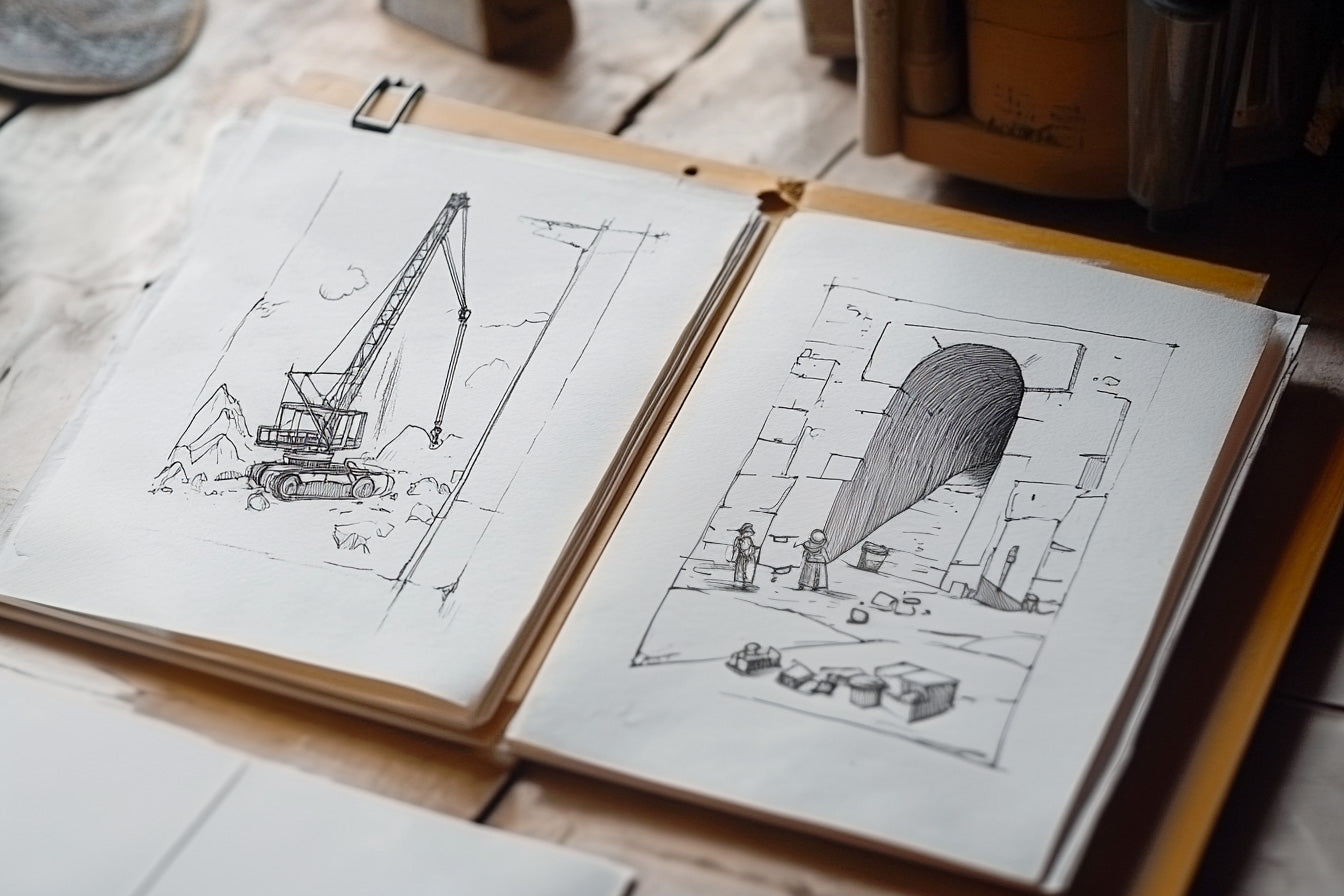Purpose
In this exercise delegates practice designing a story. Story design can be quite challenging so this exercise helps to break it up to a simpler task by giving delegates a helpful starting point. You can use this exercise in conjunction with other story telling exercises to train delegates on various skills required to make a story from scratch.
This exercise may lead to spoiling a number of movies for some delegates who might not have seen the movies yet. Since this exercise works best if everyone has seen a given movie under consideration, and to avoid the spoiling issue, you can consider using a rule that any chosen movie must have been seen by everyone.
Objective
Design an alternative development of a given story from a moment onwards in your chosen movie.
What You Need
- Papers
Setup
- Divide the delegates to groups of 2 or 3.
- It is best for groups to work as far away from each other as possible to minimise overhearing.
- Ask each group to choose a movie they have all seen in their group. It is best if the movie is fairly popular so other delegates have seen it as well. In general, if three people have seen a movie, it is very likely that many others have seen it too. Alternatively, as explained above, you may ask the groups to check their chosen movies with other groups to make sure everyone has seen it. This can take some time as delegates may have to rethink their choices over and over again.
- Some movies can provide ample opportunities to manipulate a story as they are incredibly unpredictable. Good examples are Tarantino movies, such as “Inglorious Basterds” or “From Dusk Till Dawn”. Other good examples are “Carnage” and “Departed”.
- Ask the group to choose a moment in the movie and then design an alternative direction for the story after that specific moment.
- Allocate 30 minutes for groups to design their stories and write it up.
- Bring everyone back together and ask each group to present their stories one by one. They should first present a quick summary of the story up to that moment in the story and then proceed to tell their alternative story. They should not say exactly what their chosen moment is and leave this for others to figure it out.
- After each story is presented, ask other delegates to provide feedback on the design of the alternative story. In particular, ask them to state if they like this alternative story better than the original.
- Allocate 10 minutes for each group to present.
- Follow with a discussion.
Timing
Explaining the Exercise: 5 minutes
Activity: 5 min choosing a movie + 30 min alternative story design + (10 min * N) sharing stories = 65 minutes for 3 groups
Group Feedback: 10 minutes
Discussion
Which group’s alternative story did you like the most and why? Did you like the alternative story better than the original story? Did you use a systematic approach to design your story or was it made randomly? Did you work backwards from a desired ending to the chosen moment, or instead did you simply start from the movement and went forward in a particular direction to see how it would end? What method works best?
Soft Skills Training Materials
Get downloadable training materials
Online Train the Trainer Course:
Core Skills
Learn How to Become the Best Trainer in Your Field
All Tags
Training Resources for You

Course Design Strategy
Available as paperback and ebook

Free Training Resources
Download a free comprehensive training package including training guidelines, soft skills training activities, assessment forms and useful training resources that you can use to enhance your courses.

Our Comprehensive Guide to Body Language

Train the Trainer Resources
Get Insights - Read Guides and Books - Attend Courses
Training Materials
Get downloadable training materials on: Management Training, Personal Development, Interpersonal Development, Human Resources, and Sales & Marketing














Leave a comment
All comments are moderated before being published.
This site is protected by hCaptcha and the hCaptcha Privacy Policy and Terms of Service apply.